Agriculture
Agriculture is the science, art, and business of cultivating soil, producing crops, and raising livestock. It plays a crucial role in providing food, fiber, and other materials for human survival and economic development.
Types of Agriculture
There are various types of agriculture, including:
- Subsistence Agriculture: Small-scale farming primarily for family consumption.
- Commercial Agriculture: Large-scale farming for profit and trade.
- Organic Agriculture: Farming without the use of synthetic fertilizers and pesticides.
- Intensive Agriculture: High-input farming with a focus on maximizing yield.
- Extensive Agriculture: Low-input farming with large land areas and lower yields per acre.
Key Elements of Agriculture
Key elements of agriculture include:
- Crop Production: Cultivating and harvesting plants for food, feed, fiber, and other uses.
- Livestock Rearing: Raising animals for meat, milk, wool, and other products.
- Soil Management: Practices to maintain soil fertility and structure for crop growth.
- Irrigation: Providing water to crops through artificial means to supplement natural rainfall.
- Agricultural Machinery: Use of equipment and machinery for planting, harvesting, and processing crops.
Importance of Agriculture
Agriculture is essential for:
- Providing food and nutrition for human populations.
- Generating income and employment in rural areas.
- Supplying raw materials for various industries, such as textiles and biofuels.
- Preserving biodiversity and natural ecosystems through sustainable farming practices.
Study Guide for Agriculture
To study agriculture effectively, consider the following topics:
- Basic principles of crop production and management.
- Types of agricultural practices and their impact on the environment.
- Importance of sustainable farming methods and conservation of natural resources.
- Role of technology and innovation in modern agriculture.
- Economic and social aspects of agriculture, including global food security issues.
Understanding these key aspects will provide a solid foundation for learning about the science and practice of agriculture.
[Agriculture] Related Worksheets and Study Guides:
.◂Science Worksheets and Study Guides Second Grade. Plants
Study Guide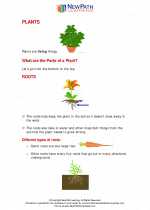 Plants
Plants  Activity Lesson
Activity Lesson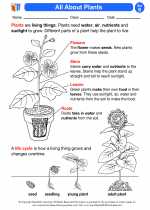 All About Plants
All About Plants  Activity Lesson
Activity Lesson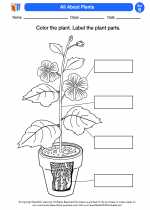 All About Plants
All About Plants  Worksheet/Answer key
Worksheet/Answer key Plants
Plants  Worksheet/Answer key
Worksheet/Answer key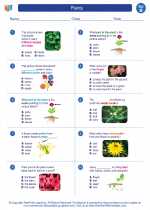 Plants
Plants  Worksheet/Answer key
Worksheet/Answer key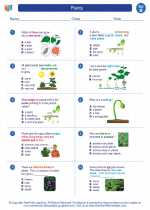 Plants
Plants  Worksheet/Answer key
Worksheet/Answer key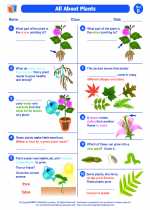 All About Plants
All About Plants  Vocabulary/Answer key
Vocabulary/Answer key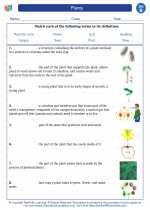 Plants
Plants  Vocabulary/Answer key
Vocabulary/Answer key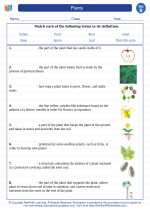 Plants
Plants 

 Activity Lesson
Activity Lesson
 Activity Lesson
Activity Lesson
 Worksheet/Answer key
Worksheet/Answer key
 Worksheet/Answer key
Worksheet/Answer key
 Worksheet/Answer key
Worksheet/Answer key
 Worksheet/Answer key
Worksheet/Answer key
 Vocabulary/Answer key
Vocabulary/Answer key
 Vocabulary/Answer key
Vocabulary/Answer key

The resources above cover the following skills:
Concepts of Life Science (SC1, SC2, SC3)
The student demonstrates an understanding of the structure, function, behavior, development, life cycles, and diversity of living organisms by observing and comparing external features of plants and of animals that may help them grow, survive, and reproduce.